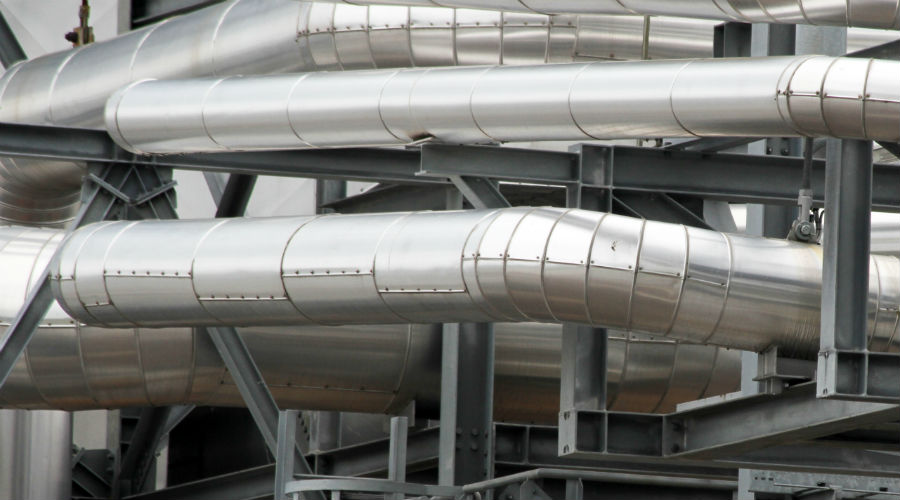The 10 Year Infrastructure Strategy is the first time the UK has set out a long term strategy that brings together economic infrastructure (transport, energy, water and wastewater, waste, digital and flood risk management) with housing and social infrastructure (hospitals, schools and colleges, and prisons and courts). The government will fund at least £725 billion of economic and social infrastructure over the next decade. This funding certainty should help government and industry plan further ahead and mean more efficient project delivery.
NISTA and the Infrastructure Pipeline
A key pillar of the 10 Year Infrastructure Strategy is the launch of the National Infrastructure and Service Transformation Authority (NISTA) to oversee the Strategy and identify and coordinate infrastructure needs. NISTA is also in charge of project delivery and appraisal, setting out a pipeline of infrastructure projects for the next 10 years and recommending projects with the biggest growth impact. The Infrastructure Pipeline will be launched as a digital online interactive dashboard in July 2025, giving details of capital and maintenance costs for projects of £25 million or more for economic infrastructure and £15 million or more for social infrastructure.
Private finance and using public-private partnerships (PPPs)
The big question on everyone’s lips was whether the government would reintroduce some form of PPP model to bring in private finance to projects. The answer is a cautious yes: “The government will consider the use of PPPs in projects and sectors where there is a revenue stream, appropriate risk-transfer can be achieved, and value for money for taxpayers can be secured.”
It goes on to say that the government is exploring the use of PPPs in certain types of primary and community health infrastructure; and for taxpayer-funded public estate decarbonisation projects such as the installation of solar PV, battery storage and low carbon heating solutions. A decision will be taken by Autumn Budget 2025 based on co-development of a model and business case between NISTA and the relevant department.
There will however be no return to PFI or PF2. Any new PPP model would reflect several improvements and be developed in consultation with industry.
Public finance institutions
We get the feeling that the government is more keen on using different public finance institutions and “financial transactions” to support business investment and catalyse growth. It has increased its funding envelope for financial transactions by £9.6 billion over the Spending Review 2025 period. So look out for investment opportunities from the National Wealth Fund (NWF), British Business Bank, UK Export Finance, the new National Housing Bank, and Great British Energy (GBE).
Privatised utilities
But much of the private investment in UK infrastructure (£30-£40 billion per year) actually happens in “economically regulated industries”, in other words the electricity, gas, water and telecoms/digital networks that used to be state-owned but were privatised in the 1980s and 1990s. The government has been looking at the regulatory system and will be setting out an updated approach to economic regulation by the end of this year. It seems keen to keep using mechanisms like the Contract for Difference (CfD), Regulated Asset Base (RAB), capacity market auctions and the ‘cap and floor’ model, all of which get a mention in the Strategy.










